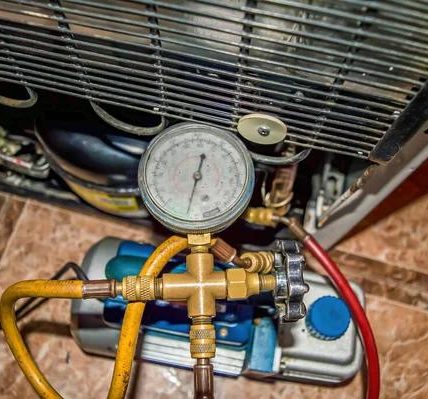When it comes to installing a new roof, many homeowners focus on choosing the right roofing material and finding a reputable contractor. However, one crucial element that is often overlooked is the underlayment. The underlayment plays a vital role in protecting your home from water damage and ensuring the longevity of your roof.
The underlayment is a waterproof barrier that is installed directly onto the roof deck before the final roofing material is put in place. It acts as an extra layer of protection against moisture infiltration, preventing leaks and mold growth inside your home. Without proper underlayment, even the best quality shingles or tiles can be compromised by water damage.
There are several types of underlayment available on the market, including felt paper, synthetic materials, and rubberized asphalt membranes. Each type has its own set of benefits and drawbacks, so it’s important to choose the right one for your specific needs.
Felt paper is one of the most common types of underlayment used in roof installations. It is made from organic materials such as wood pulp or recycled paper fibers and provides good protection against water infiltration. However, felt paper can tear easily during installation, making it less durable than other options.
Synthetic underlayments roofing contractors hickory nc are becoming increasingly popular due to their superior durability and resistance to tearing. They are typically made from polyethylene or polypropylene materials and offer excellent protection against moisture intrusion. Synthetic underlayments also have better UV resistance than traditional felt paper, making them ideal for use in sunny climates.
Rubberized asphalt membranes are another option for homeowners looking for maximum protection against water damage. These membranes consist of a rubberized asphalt compound sandwiched between layers of polyester or fiberglass matting. They provide superior waterproofing properties and can withstand extreme weather conditions without deteriorating.
In addition to providing waterproofing protection, underlayments also serve as a secondary barrier against ice dams and wind-driven rain. Ice dams occur when snow melts on a warm roof surface and refreezes at the eaves, causing water backup underneath shingles or tiles. A properly installed underlayment can help prevent this problem by creating a watertight seal along the edges of your roof.
Overall, investing in high-quality underlayment is essential for ensuring the long-term performance of your roof system. By choosing the right type of underlayment based on your climate conditions and budget constraints, you can protect your home from costly water damage repairs down the road.
Fidelity Roofing, Inc
1725 McRee Rd., Newton, NC, 28658, US
(828) 708-7663





